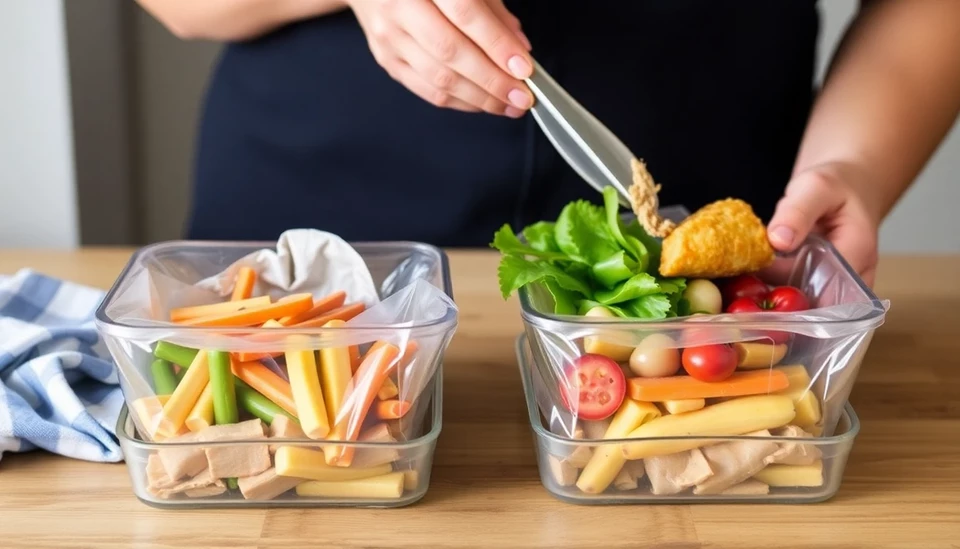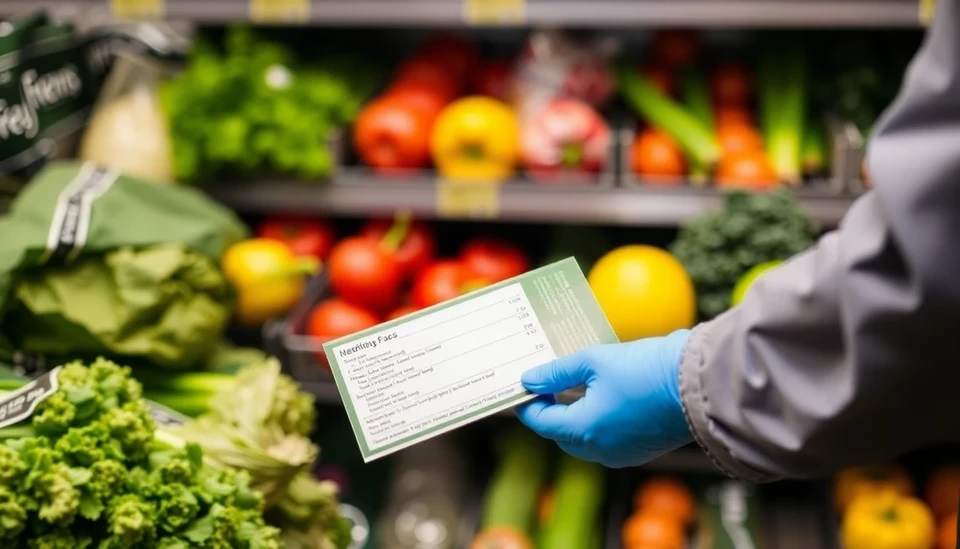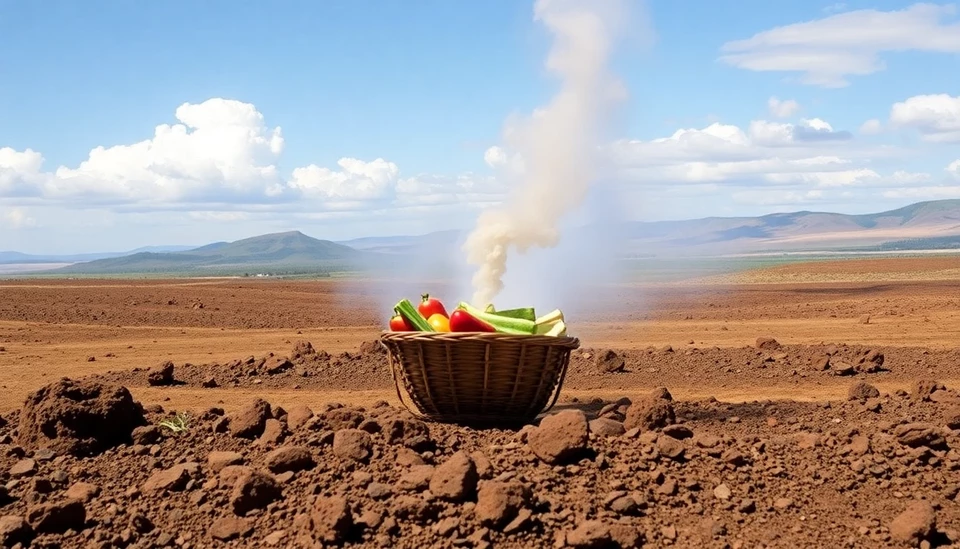
As the holiday season wraps up, many households are faced with the delicious yet daunting challenge of storing their festive leftovers. With an increase in food waste becoming a pressing global issue, understanding the best practices for preserving leftover food is more important than ever. The question arises: How do you store holiday leftovers effectively to minimize spoilage and waste?
Experts emphasize the importance of prompt storage. Leftovers should be refrigerated or frozen within two hours after serving to assure freshness and safety. Benefits of proper storage extend beyond waste reduction; they also promote food safety and maximize the shelf life of your favorite holiday dishes. Different types of food require specific containers and methods to achieve optimal preservation.
For casseroles and stews, shallow containers are recommended, allowing the food to cool rapidly and evenly. These dishes can generally be stored in the refrigerator for up to four days or frozen for about three months. When freezing, it’s ideal to label and date each container to keep track of what you have and ensure safe consumption later on.
When it comes to meats, the USDA advises that slices of turkey, ham, or beef should be stored in airtight containers. Placing parchment paper between layers can help maintain freshness and prevent sticking. Meats can typically be kept in the fridge for three to four days or frozen for about three to four months.
Side dishes such as stuffing, mashed potatoes, and vegetables also require careful consideration. Stuffing can be stored for up to three days in the fridge but should be frozen if longer storage is necessary. Creamy dishes, like mashed potatoes, may be prone to separation when reheated, so utilizing freezer-safe containers can prevent such issues. Additionally, vegetables can lose texture and flavor when frozen, so blanching before freezing can help preserve their best qualities.
In the ever-important world of sauces and gravies, portioning these into smaller containers can be particularly beneficial, allowing for easy access later on. Similar to meats, these should be consumed within four days when stored in the refrigerator or can be frozen for three to four months.
Moreover, creatively repurposing leftovers can not only reduce waste but also invigorate meals. Transforming turkey into stir-fries or turning mashed potatoes into croquettes can be a fun way of enjoying holiday fare in new forms. Beyond taste, such practices foster sustainability and encourage mindful consumption.
With the holiday season heralding an abundance of food, these practices of proper storage and creative culinary repurposing can vastly diminish food waste while enhancing the culinary experience long after the feast has concluded. As we look ahead, adopting these habits can significantly contribute to a more sustainable approach to living — keeping leftovers safe, exciting, and waste to a minimum.
For anyone eager to combat food waste and effectively manage holiday leftovers, knowledge is your strongest ally. By understanding and implementing these practices, we can all do our part to ensure delicious meals are enjoyed without the dread of waste.
#FoodWaste #Leftovers #Sustainability #FoodStorage #HolidayRecipes #CulinaryTips
Author: Sophie Bennett

